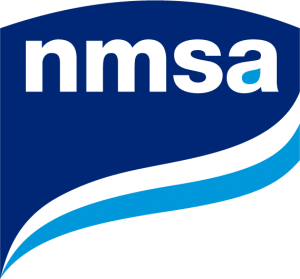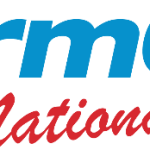Stormwater and trash is a rising issue of significance in many communities across the U.S. While recycling programs have successfully led to reductions of over 70% for material such as paper, metal and glass in solid waste streams, but the per capita generation of plastics have increased by nearly 350% over the last four decades. Gross solids that escape solid waste collection and storage systems often end up in stormwater collection, conveyance and treatment systems, which leads to increased localized flooding impacts, reduced performance of conveyance and treatment systems, and adverse impacts to aquatic biota in receiving waters. To address the issue of aquatic trash, municipalities invest in time and resources to capture and reduce trash in stormwater systems through maintenance and public education and outreach efforts.
NMSA partnered with EPA’s Trash-Free Waters program along with KCI Technologies and the American Chemistry Council to explore the status, barriers, and potential solutions to address aquatic trash in the context of stormwater programs and systems. This partnership, referred as the Stormwater and Solid Waste (SW2) Workgroup held several workshops and other engagements with stormwater and solid waste practitioners to gather information to inform recommended future actions to reduce the impacts of aquatic trash. NMSA led the development of a summary report titled, “Reducing Aquatic Trash Though Stormwater and Solid Waste Management: Project Summary Report,” which was released in October, 2022 to explore these issues.
Based upon this input four project ideas were proposed:
- Aquatic Trash Cost-Benefit Analysis
- Standardized Metrics and Methods for Aquatic Trash Monitoring and Performance Measurement of Capture/Reduction Measures
- Development and Oversight of a Stormwater Community of Practice for Aquatic Trash
- Online Engineering Practice Guide for Management of Aquatic Trash
NMSA has made progress on one of the project ideas (#2) by helping to facilitate the development of an ASTM standard for the measurement of trash capture technology efficacy. Future efforts will focus are expected to expand standardization in stormwater and trash capture/reduction as well as a focus on project ideas 3 and 4.

